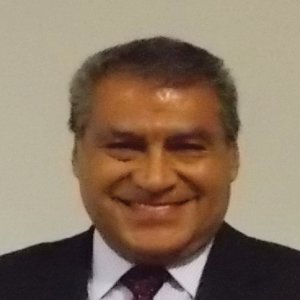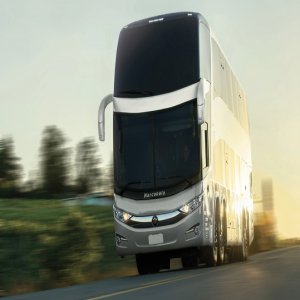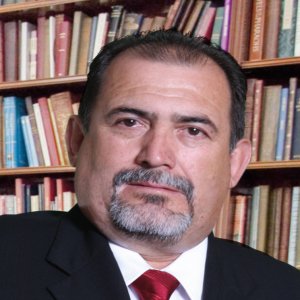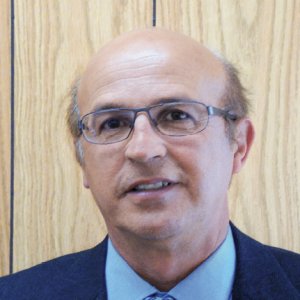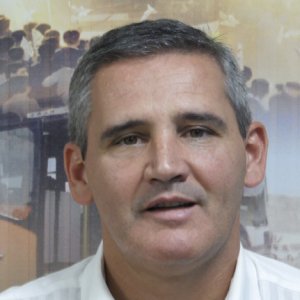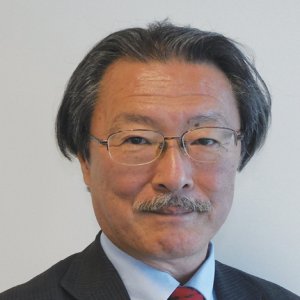Japanese Giant Bringing New Approach to Younger Market
STORY INLINE POST
Japanese automakers have been manufacturing in Mexico since the mid-sixties, when Nissan set up its Cuernavaca plant in 1966. Up to now, the country’s other OEMs have been relatively slow to follow, but recently the flood of exports from Japanese brands has skyrocketed. In the early 2000s, Japanese exports only accounted for 12% of Mexico’s total amount, but this surged to 23% in 2013. Now congregating in the middle of the country for easy access to Atlantic and Pacific ports, Japanese companies are clearly taking advantage of Mexico’s numerous free-trade agreements, which have transformed Mexico into a global export hub.
Since 1995, Honda has been evolving its manufacturing operations in Mexico with two plants in the country, the first in Guadalajara, a new US$800 million facility in Celaya, and a new US$470 million transmission plant in the same location. The Guadalajara facility is currently fully ramped-up, with a production capacity of 62,000 units. Celaya is capable of manufacturing 200,000 units, but Honda has projected that for 2015 it will only produce 165,000, due to some unforeseen challenges. Nevertheless, the company is planning to overcome these hurdles and reach full capacity in the short term. “Canada and the US are waiting for our Fit and HR-V models, so we must work quickly to satisfy this demand,” states Hiroshi Shimizu, President of Honda de México.
So far, the Honda Fit has been very well-accepted in the Mexican market, and it has not been uncommon for dealers to ask for additional units. However, there are many successful Honda products that are generating a stronger demand in Mexico, including the City, the HR-V, and the CR-V. In terms of target customers, the Honda Fit has become quite attractive for young people, while the Honda City is mostly targeted at families. According to Honda’s dealers, the company has found that the HR-V is also generating interest among younger generations. In the luxury segment, Acura is currently fifth in the rankings, so Honda is working to improve its position. The company is seeing good demand from Acura’s SUV line, including the MDX and RDX models, with the latter being the brand’s most successful. Additionally, the ILX and TLX models have been recently released, and although it takes time to establish a strong footprint, Honda is striving to achieve this as soon as possible, utilizing a focus on new innovations and technology to reach its goal.
Honda’s Earth Dreams Technology is a prime example of this approach, as it is applied to all of company’s engines, no matter the fuel they use. By enhancing its original VTEC (Variable Valve Timing and Lift Electronic Control System) technology to further improve thermal efficiency and minimize friction, a new combination of high output and fuel efficiency was achieved, proving the company’s commitment to environmental impact. In Mexico, the company mostly sells gasoline direct injection engines and CTV transmissions, but both technologies are the most efficient ones in the market in terms of high power and fuel economy, which, when combined, offer huge added value to consumers. Interestingly, Honda has decided to bring back its Acura NSX model, but with a number of technological advancements. “Honda’s mission is to offer its customers the most enjoyable and exciting experience possible, so we have added to the NSX a direct injection engine supported by a turbocharger coupled with three electric motors,” says Shimizu, proudly. “Honda is the only company in the market that can develop these kinds of hybrid vehicles, and we expect them to reach the market by early 2016.”
Honda has three S policies, namely sales, service, and spare parts, which all equally important for the brand’s success. Since the moment Honda set foot in Mexico, it has never modified its service policy, putting as much emphasis on this as anything else. “Honda keeps breaking sales records at the end of every year, but we always have to keep in mind that sales records go hand in hand with a proper expansion of service centers,” states Shimizu. “For those clients that prefer a more traditional way of purchasing and that still visit dealerships, Honda strategically places service centers next to its showrooms. That way, we can also capture our clients with extremely affordable and reliable maintenance services.” Alongside this philosophy, Honda possesses a strict policy when it comes to safety, another “S” it its range of policies. In line with this, the company has recently implemented Collision Mitigation Breaking (CMBS), as well as blind spot monitors in all of its vehicles. In addition, a Lane Keeping Assist System (LKAS) has been recently added to the Acura product lines. “Honda’s mission is to offer its customers the most enjoyable and exciting experience possible”
Honda’s commitment to the region is solidified by its recent investments and focus on new technology, preparing the Japanese manufacturer to serve an ever-increasing demand for modern features and environmentally friendly vehicles. Year after year, the company keeps improving its technology and implementing it into the newest Honda models, so 2016 could represent a milestone year for the brand in Mexico.
